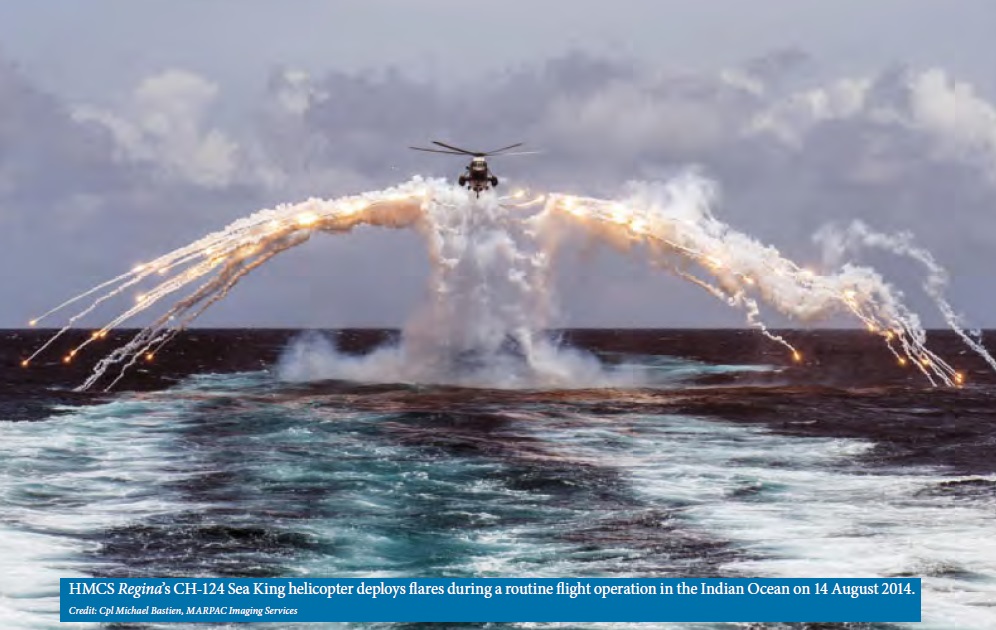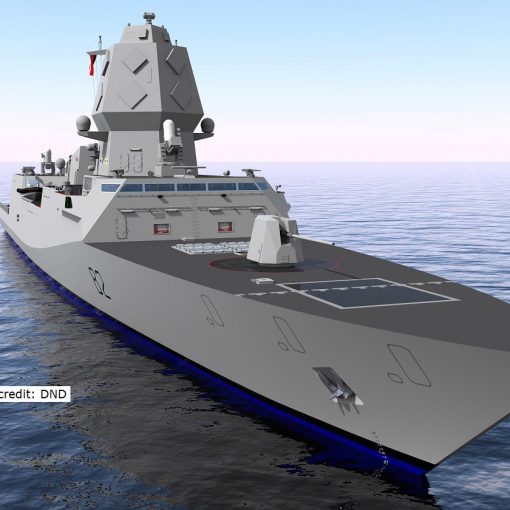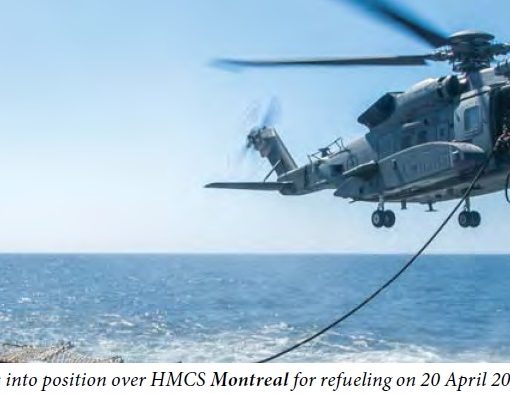Canadians need to be clear-eyed that if we want to have a modern, rightly equipped, capable Canadian Armed Forces, our geostrategic position practically dictates that we pay more for equipment to meet our unique operational requirements.
This is why purchasing “off-the-shelf” (OTS) military equipment is so problematic. OTS refers to equipment that is already in production or in use. The expression implies that because equipment is in production and in use, it is operationally proven, theoretically cheaper to purchase and quicker to acquire than if it were still in development.
The problem is that OTS is rarely faster to acquire or cheaper to buy, as its advocates claim (the C-17 and C-130J transport aircraft are the exception that proves the rule). Our geography is partially to blame for this. Canada is a large country with a small population that happens to border its major ally, a world superpower.
Such unique geostrategic circumstances have left Canada with relatively small armed forces (est. 68,000 regular force personnel). Consequently, the Canadian Armed Forces are faced with having to depend on fewer platforms that have to be capable of operating over long distances, across uninhabited and inhospitable terrain and, in some cases, from the decks of ships hundreds of kilometres from shore. They also have to be able to inter-operate with the Americans, with whom we jointly defend the continent and fight alongside overseas.
However, unlike the United States with its large defence budget, which gives it the ability to purchase multiple versions of a platform in bulk to accomplish multiple tasks, Canada’s relatively small defence budget leaves this country relying on a single platform to do the same. The end result is cost increases and delays as (mostly) American manufacturers modify their existing designs to meet Canadian needs.
This problem was most apparent in the Auditor General’s 2010 report into the CH-148 Cyclone and CH-147F Chinook helicopter contracts. In both cases, the helicopters were initially seen by the government as OTS technology.
With the Cyclone, the Royal Canadian Air Force (RCAF) was getting a “militarized” version of Sikorsky’s S-92 commercial helicopter to replace the five-decade-old Sea King.
The contract — valued at $7.6 billion, including $1.9 billion for the helicopters and $5.7 billion for in-service support — called for 28 helicopters with deliveries beginning in 2008. The problem was that the militarized S-92s had not even been developed yet. This led to years of delays as Sikorsky incorporated Canadian requirements into its commercial design. Only on June 19 were the first six Cyclones accepted into RCAF service. The remaining 22 are due sometime between now and 2021.
Likewise, once Boeing took into account Canada’s requirements, an entirely new variant of the Chinook was produced. Long considered a workhorse of militaries throughout the world, the Chinook is capable of lifting heavy artillery, armoured vehicles and up to 40 combat-equipped troops. At one time, eight older variants of the Chinook, the CH-147D, were in Canadian service before Ottawa sold the surviving seven to the Dutch in 1991 as a cost-saving measure.
Given the difficulties of transporting troops in Afghanistan, in 2008 Boeing and Ottawa signed a contract for 16 new Chinooks at a cost of $4.9 billion ($200 million more than originally estimated). Defence inflation and cost increases eventually saw the order reduced to 15 units. In 2013, five years after they were to begin entering service, the first of the new Chinook fleet arrived; the fleet is now fully operational at CFB Petawawa.
Each alteration in the original aircraft design meant that more testing and certification was required, adding costs and delays. In fact, in the case of the Chinook, Canadian modifications led to a 70 per cent increase in per-unit cost above the 2006 Boeing quote. The final contract even includes a provision that gives Ottawa the opportunity to recover some of the costs should another country purchase the same “Canadianized” Chinook.
Save for the establishment of a large-scale domestic defence industry, or a willingness literally to buy equipment as is — that is, without modifications and therefore operationally limited — Canadians better be prepared to invest the resources needed to have a capable armed forces. When it comes to complex weapons systems, attempting to save costs by procuring off-the-shelf technology will remain more of an aspiration than a reality.
Jeffrey Collins is a research associate at the Atlantic Institute for Market Studies (www.aims.ca). He is currently completing doctoral research in defence policy and procurement at Carleton University.
* This article was originally published by the National Post on 2 July 2015. It is reprinted here with the permission of the author.




